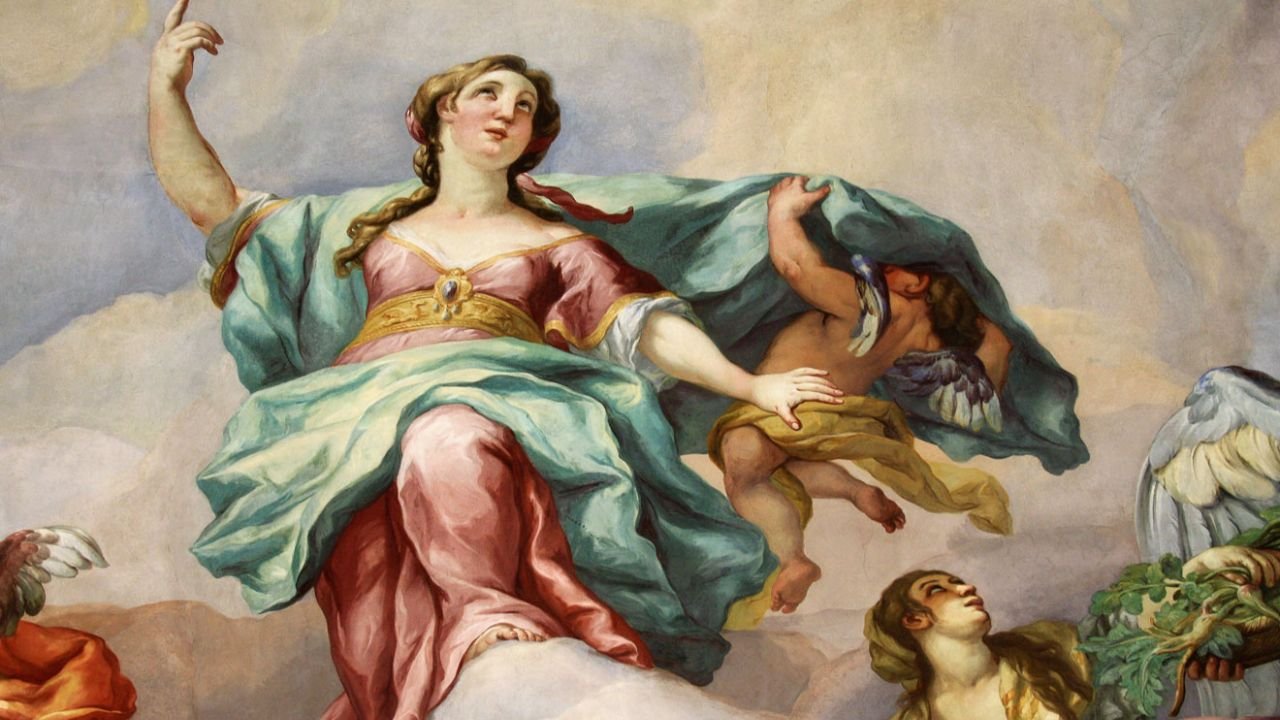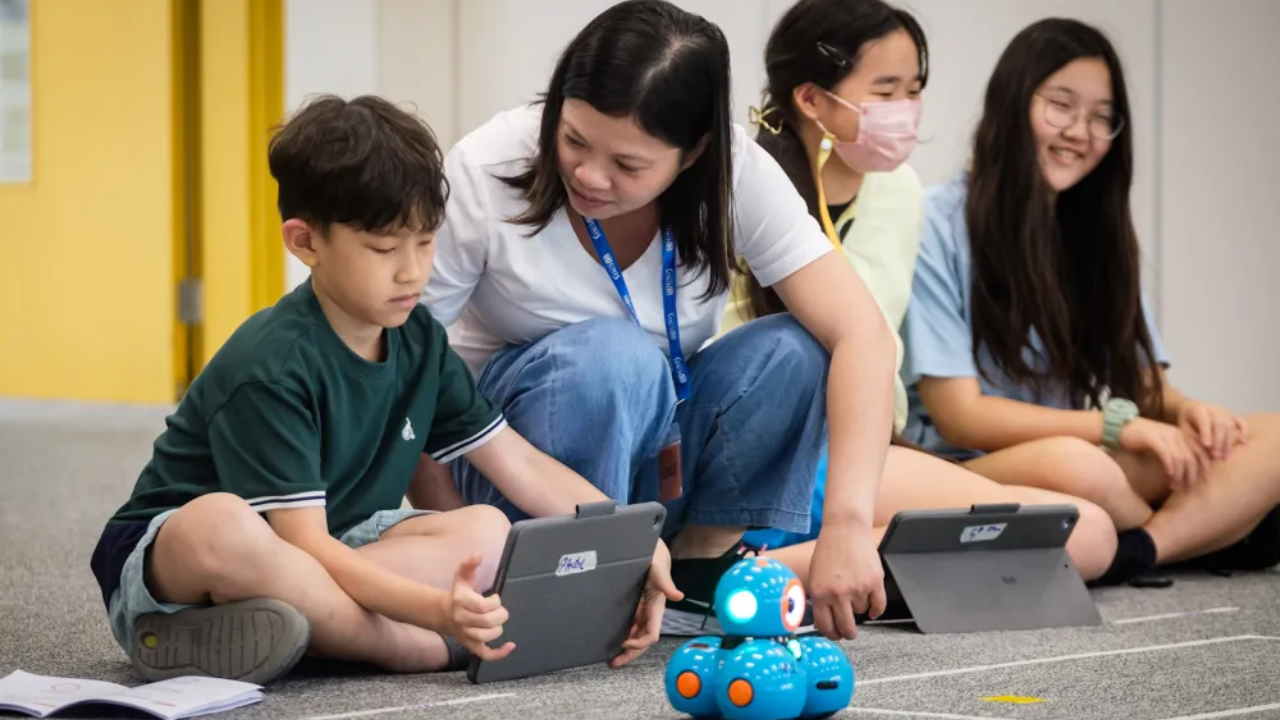Understanding the intricate relationship between historical events and artistic movements opens a gateway to appreciating art in its full context. From revolutions to technological advancements, each era leaves an indelible mark on the art it inspires. Such an exploration not only enhances appreciation for artistic works but also deepens understanding of the cultural and historical narratives behind them.
Enrolling in art history courses can be an excellent way to explore these connections and gain deeper insights into the evolution of artistic expression. This article explores these intricate connections, highlighting the powerful ways historical events influence art movements and vice versa.
The Influence of Political Revolutions on Artistic Expression
Political revolutions often spark artistic movements that reflect societal upheavals. For instance, the French Revolution inspired the Neoclassical movement, which emphasized order and rationality as a reaction to political chaos. Similarly, the Mexican Revolution saw the rise of muralism, where artists like Diego Rivera used public spaces to narrate revolutionary ideals. By analyzing these connections, one can see how art becomes a mirror of the times.
Economic Shifts and Their Impact on Art Movements
Economic transitions heavily influence artistic themes and patronage. The prosperity of the Renaissance, fuelled by trade and wealth accumulation, supported artists like Michelangelo and Da Vinci. Conversely, the Great Depression gave rise to American Regionalism, where artists depicted the struggles of rural America. These movements showcase the undeniable link between economic conditions and the stories art seeks to tell.
Technological Advancements and the Evolution of Art Styles
Advancements in technology often lead to new artistic innovations. The invention of the camera, for instance, influenced Impressionist painters to explore fleeting moments and light in their works. Similarly, the Industrial Revolution introduced new materials and techniques, which was evident in the rise of steel and glass structures during the Modernist era.
Social Movements and Their Reflection in Visual Arts
Social movements bring about cultural shifts that artists often capture in their work. The suffrage movement inspired pieces celebrating women’s empowerment, while the Civil Rights era saw bold, provocative artworks addressing racial injustice. Art not only documents these movements but also serves as a medium for advocacy and change.
The Role of War and Conflict in Shaping Art Trends
War and conflict profoundly shape artistic expression, often reflecting the chaos and resilience of humanity. During World War I, Dadaism emerged as a reaction to the absurdity of war, rejecting traditional aesthetics. Post-World War II, Abstract Expressionism flourished in the United States as artists sought to convey emotion over representation. Such movements underline the human ability to process trauma through creativity.
Cultural Exchanges and the Emergence of New Forms
When cultures interact, they often give rise to new artistic traditions. The Silk Road, for example, facilitated the exchange of motifs and techniques between East and West, influencing everything from textiles to pottery. Similarly, colonial encounters introduced indigenous styles to global art scenes. By studying these exchanges, one can trace how they become a testament to shared histories.
Religious Reformations and Their Artistic Manifestations
Religion has been a significant driver of artistic production, particularly during periods of reform. The Protestant Reformation led to a focus on simplicity and personal piety in Northern European art, in contrast to the opulent Counter-Reformation Baroque style in Catholic regions. These artistic shifts provide insight into the spiritual and cultural tensions of the time.
The Effect of Urbanisation on Artistic Themes and Techniques
Urbanization has reshaped the subject matter and techniques of art. The Industrial Revolution, with its rapid city expansion, inspired artists to depict urban life’s vibrancy and challenges. From the gritty realism of Social Realists to the dynamic cityscapes of Futurists, urbanization remains a recurring theme. This evolution reflects humanity’s adaptation to changing environments.
Scientific Discoveries and Their Inspiration in Art
Scientific progress often serves as a muse for artists. The discovery of the heliocentric model during the Renaissance encouraged depictions of celestial themes, as seen in Galileo-inspired works. Later, Einstein’s theory of relativity influenced Cubists and Surrealists to experiment with time and space concepts. Such interactions between science and art illuminate the quest for understanding our universe.
How an Art History Course Enhances Understanding
Enrolling in art history programs allows students to explore the rich interplay between artistic expression and the societal, political, and cultural contexts that shape it. They provide a structured approach to understanding how art evolves alongside historical events, offering tools to analyze and appreciate creative works on a deeper level. When choosing a course, emphasize diverse perspectives, include hands-on experiences like museum visits or workshops, and cover a broad range of time periods and styles to ensure a comprehensive learning experience.
Art is a dynamic reflection of its time, weaving historical events into movements that continue to inspire and educate. Well-chosen art history courses can serve as a bridge, enriching appreciation for art and its historical connections. By connecting political, economic, and cultural contexts with artistic expression, one gains a holistic understanding of history through a creative lens.



